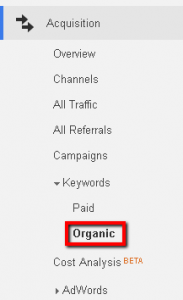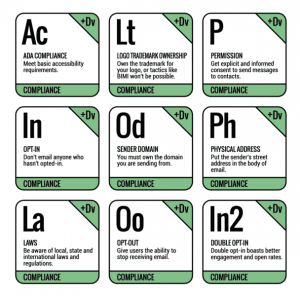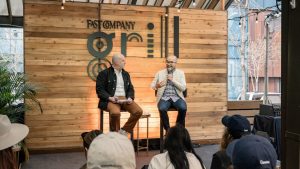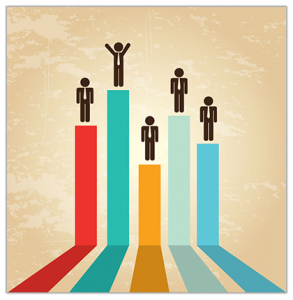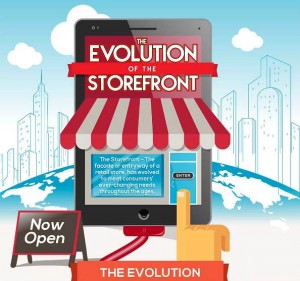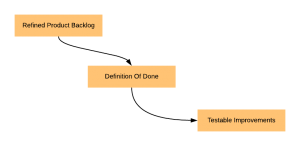When you think of operating in the digital age things like automation, mobile computing, cloud computing and social media come to mind. All of these combined have created an environment where more information can be accessed, faster. Technology and the digital age have been the enablers of faster processing, rapid communication and enhanced visibility of information. These have helped people get more work done from their time and be much more informed about various things.
Search engines like Google, web encyclopedias like Wikipedia, and videos on YouTube have helped people acquire new skills and knowledge. You could say these technologies have empowered people with a lot of information that was harder to access a generation ago. Similarly, social media (Facebook, LinkedIn, Twitter, and others) have enabled people to voice their opinions and share information while organizations have enjoyed more visibility of their brands.
So basically, the digital age has improved branding and marketing, enhanced the consumer experience, and boosted communication. But what’s it done for employees, the internal customers of organizations?
Unfortunately, not many organizations have been quick enough to realize the power of and adapt to the digital age in terms of leveraging it to boost their employer brand. Sure there may have implemented systems to create an automated workplace and used social media to promote their brand, but there’s much more going on. The employee experience and the organization culture has yet to be truly impacted by the wonders of today’s technology.
What’s The Power of Social Media?
Here’s a situation to consider. A customer isn’t particularly happy with one of your products that they recently purchased. There’s a fairly high likelihood that they’ll be talking about it on social media. That opinion of theirs will reach their network and the message is clear to all – your product isn’t as good as you’d like people to believe. Pretty soon the initial message will get around and become viral. Now imagine if your organization were to handle this situation the old fashioned way. You’ll have a team sitting down discussing how to handle the situation. Their proposed line of action will then go through a management vetting and approval session and then they’ll be able to respond to the disgruntled customer. By this time it’s too late to save your brand reputation.
Consider another situation where an employee has an extraordinarily wonderful experience at work. It could be something they learnt or a meaningful perspective they got from a coworker. Later that day this employee feels like sharing the experience with her network of friends and family on social media. That message alone can speak volumes in your organization’s favor to her network of people, earning your organization much credibility and respect in the market.
Bottom-line is you can’t avoid or ignore that’s happening in the social media world. People are sharing their experiences and voicing their opinions and concerns. It’s up to organizations to know how to leverage this trend to work for them.
Analog Versus Digital Culture
Looking at the traditions, norms and red tape found in most organizations you could say they have an ‘analog culture’. A culture that may be focusing on its external customers, but is being held down by its lack of adaptability to the digital age and realization that it’s focus should also be on its employees and their experiences.
What’s commonly found in an ‘analog culture’ are:
- rigid hierarchies,
- slow and bureaucratic decision making,
- high reliance on processes and standard procedures,
- teams working within silos,
- defined job descriptions, and
- an absence of employee engagement.
In contrast, a ‘digital culture’ reflects upon the age we’re operating in – it’s faster and much more engaging. Organizations that have embraced the times have developed a culture with:
- flat hierarchies,
- faster decision making with the willingness to fail fast and move ahead,
- flexibility and agility in how things are done,
- cross-functional collaborations and mixed teams,
- empowered employees who are more focused on results, and
- informed and engaged employees who enjoy rapid growth.
It’s altogether a completely different model and way of working. Organizations are aware that digital and technological disruptions will continuously impact their culture and employees. So instead of fighting it by holding on to obsolete theories and ways of operating, it’s best to embrace the digital age and welcome millennials as the workforce who will enable the change. Leveraging this can help your organization achieve exponential growth and sustainability in the digital age.
Why Cultural Change is Important for Your Organization
Over their several years of operations, organizations develop a certain way or style of doing things. The processes they create and nurture, the way employees communicate and behave and the “red-tape” that cultivates within most organizations all form its culture. One of the simplest definitions of Organizational Culture that I’ve come across, and probably the best, is that it’s “how people think and act in the organization on a daily basis”. What that basically means is that the experiences of employees creates the organization’s culture.
What leaders have to realize is that by enhancing, altering and even influencing employee experiences and how they think and act, they’ll be developing a culture that fits better with their overall strategy and objective. You could argue that over the years the culture has already evolved to what it is today based on this philosophy, so why’s there a need for change? Well, thanks to social media and other such disruptive forces, people surely aren’t behaving the same way they used to. Just as an opinion can and does go viral within a space of a few minutes, so should “good” and “acceptable” behavior, from an organization’s perspective. Operating in the digital age isn’t as it was in the ‘analog’ days.
Today there’s a much accelerated need for culture change because of how people think, act and ultimately behave. The workforce today won’t adapt or respond well to ‘dated’ behavioral traits. On the contrary, it’s organizations that need to change, adapt and keep up with their employees in order to remain attractive, innovative, and competitive. Such are the demands and dynamics of the digital age we operate in.
Digital & Social Articles on Business 2 Community(56)
Report Post